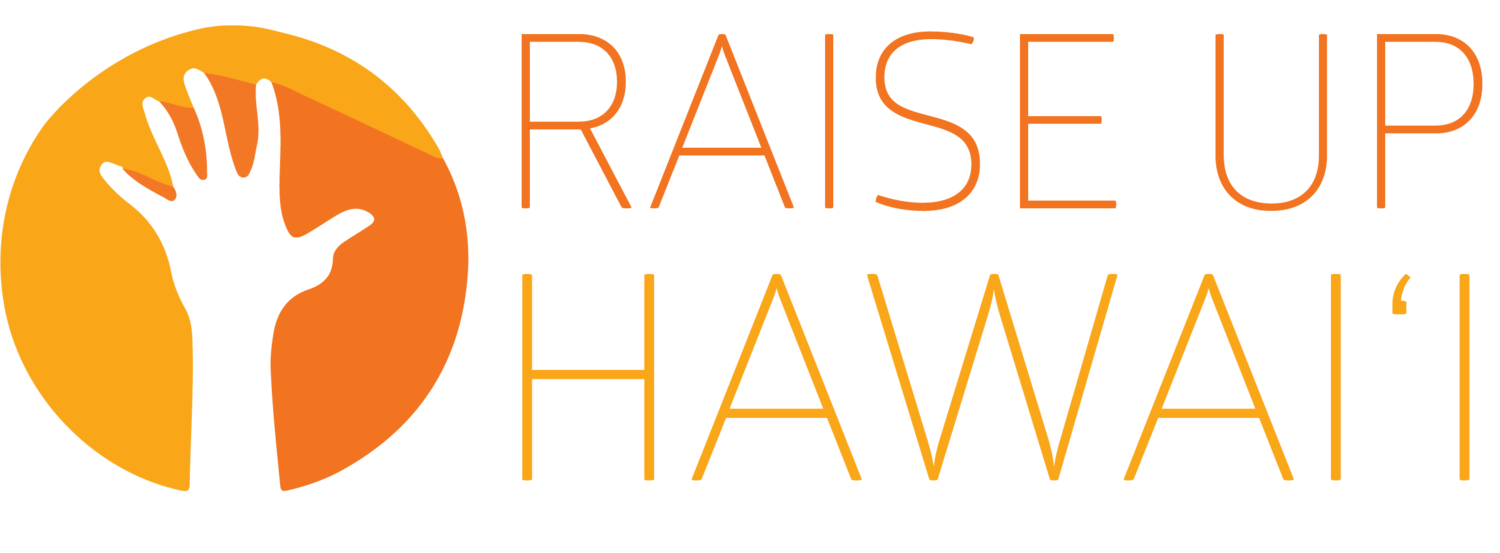Minimum wage workers prepare for Oct 1. increase to wage, tip penalty
HONOLULU, Hawaiʻi — Hawaiʻi’s minimum wage workers will see their pay rise to $12 an hour beginning Saturday, October 1, 2022. As of 2019, there were more than 88,000 workers in Hawaiʻi earning the minimum wage of $10.10 an hour.
Hawaiʻi’s minimum wage will remain at $12 an hour until January 1, 2024, when it will rise again to $14. It will then go up by $2 every other year until it reaches $18 per hour on January 1, 2028. At the same time, the tip penalty (officially, the “tip credit”) will see corresponding increases as well.
“When my coworkers and I found out that the minimum wage was to be raised, I could almost feel the weight lift off of their shoulders,” said Zanni Walker, who earns the state minimum wage. “A majority of them are older people—many of whom work multiple jobs. Seeing how hard even the seniors have to work is very disheartening as they should be retired at their age. With this raise, I hope that people who rely on income from minimum wage jobs will begin to be able to live better off of it.”
“The minimum wage increase will make it easier for low-income people to save money and will help them to meet their personal needs,” said Jhoe Rosales, also a minimum wage worker. “As a college student who works multiple jobs, the increase will make it easier for me to succeed at school while also helping my family. Although we will have to wait for the additional increases, we need this immediate step-up to $12 to help people afford to stay in their homes. It isn’t easy to survive in Hawaiʻi on minimum wage.”
The schedule below shows the current and upcoming increases to both the minimum wage and the tip penalty.
What is the tip penalty?
The tip penalty allows employers to pay less than the full minimum wage to workers who make at least $20 in tips per month—as long as the worker makes at least $7 above the minimum wage in combined wages and tips per hour after the penalty is calculated.
How The Tip Penalty Works in Practice
Come October 1, an employer will be able to deduct up to $1 from the wages of a tipped worker, as long as the penalty does not drop the worker’s combined wages and tips below an average of $19 an hour after the penalty is applied. In other words, a worker who makes an average of at least $8 an hour in tips in a week could be paid $1 less than the minimum wage, reducing their wage to $11 an hour (plus the $8 in tips for total income of $19 an hour).
Note: Employers can deduct a smaller amount if the worker makes between $7 and $8 an hour in tips. For example, a tipped worker that makes an average of $7.50 an hour in tips could have a $0.50 tip penalty applied to their wage, resulting in a wage of $11.50 an hour.
The employer is required to:
Notify all employees in writing at the time of hire if they plan to use the tip penalty.
Notify employees of any changes in their tip penalty policy—in writing or through a posted notice—prior to the start of the pay period.
Report to employees in writing each time the amount of tip penalty taken changes from the amount per hour taken in the preceding week.
Maintain time records.
Tipped workers should review their paystubs regularly to make sure they are making at least $7 above the minimum wage after the tip penalty is applied. If an employer is improperly applying the tip penalty, contact the Wage Standard Division of the Hawaiʻi Department of Labor and Industrial Relations.






